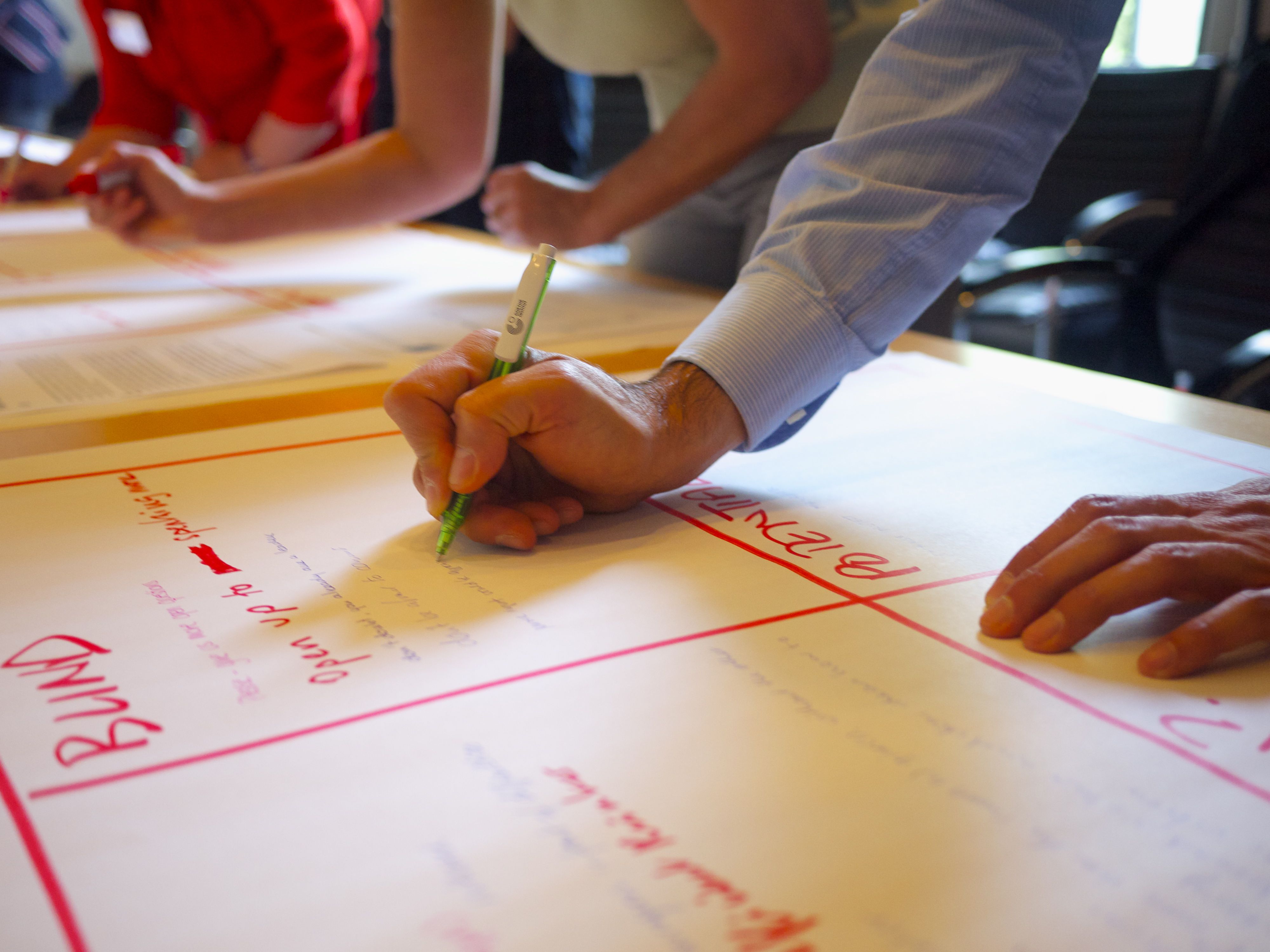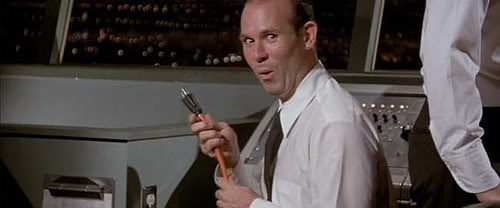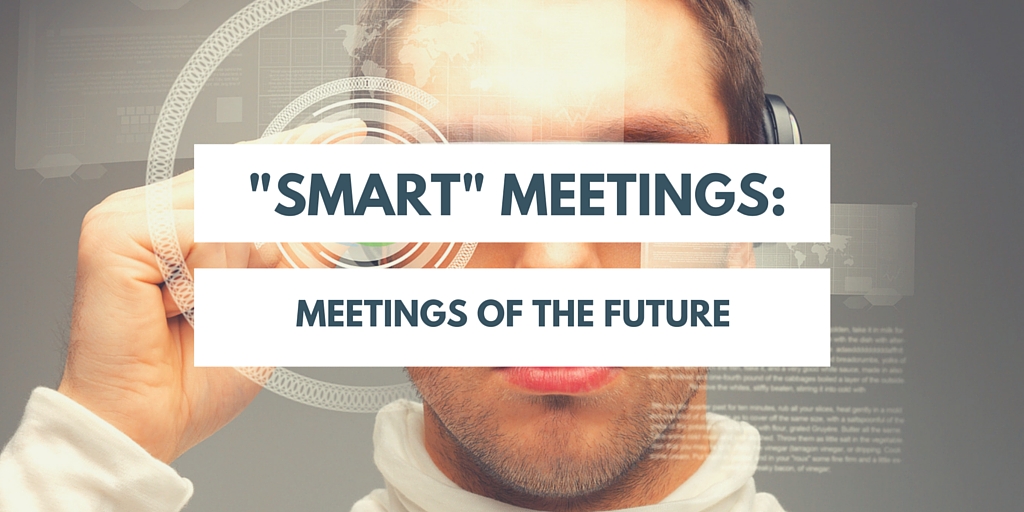The company cafeteria is not just for food service. It can often be the central meeting or huddle space for employees to meet, share ideas, and learn from one another. Based on its design, it’s a place that could be border-free and all-inclusive through conference room technology.
Think about your technology infrastructure and how it connects your team members and external partners. What if that technology was taken outside of the conference room or huddle space? Many mid-size and larger corporations have added audio/visual equipment into their cafeterias. Whether it’s to show a company’s latest commercial or to provide direction on company policy, such tools can increase access and reach of information.
By using the cafeteria for its social aspect and space, you can bring employees together! Presentations, “Town Hall” meetings, brainstorm sessions, etc. bring forth conversations. By layering communication tools like wireless presentations, you can now make the cafeteria your company’s largest conference room or huddle space.
“Town Hall” meetings, corporate training sessions and company presentations can be taken to a whole new level. Location, time, and wires no longer have to be a barrier to be a part of a conversation. The cafeteria becomes a place to inspire and to take action.
Here are 5 ways to make the cafeteria into a communication hive.
- Set up wireless presentation access. Wireless presentations are a means to share information with team members no matter where they are. Employees can contribute not only thoughts and ideas, but they can content from their devices, no matter where they are.
- Be equipped. Many cafeterias have AV equipment setup to display company messaging or just to air local news. However, take a look at your current conference room design and layout. Examine how the conference room being used and how certain tools and functions, like video conferencing, could work in a larger space. It may not be feasible to use the cafeteria for wireless projection, but connecting your laptop to the cafeteria TV shouldn’t be an issue.
- Schedule the “room.” Yes, your cafeteria may need to be scheduled for meetings. People still use the cafeteria to dine and socialize. If your company is using a conference room booking system, make the cafeteria a location or resource. Find out when your cafeteria is at its busiest. Then, make it available for meetings during slow periods. What’s important is to communicate cafeteria’s usage during those times.
- Test your connections and security. If your meeting will involve remote access, you should ensure that all parties will be able to connect, and that data shared will be secure. Wireless presentations, like Ubiq, allow for activity monitoring, secured access and data encryption for each session. It’s important to test those capabilities with a small group of employees, both in and out of the office, especially when implementing such communication tools in the cafeteria.
At your company, your goals should be tied to how your employees work. This includes where they work. If you can optimize your space to create more opportunities for collaborative and productive work, your employees will benefit greatly. Stop thinking of the cafeteria as only a place to eat. Look at it as an opportunity to learn, share, motivate and work…together.


